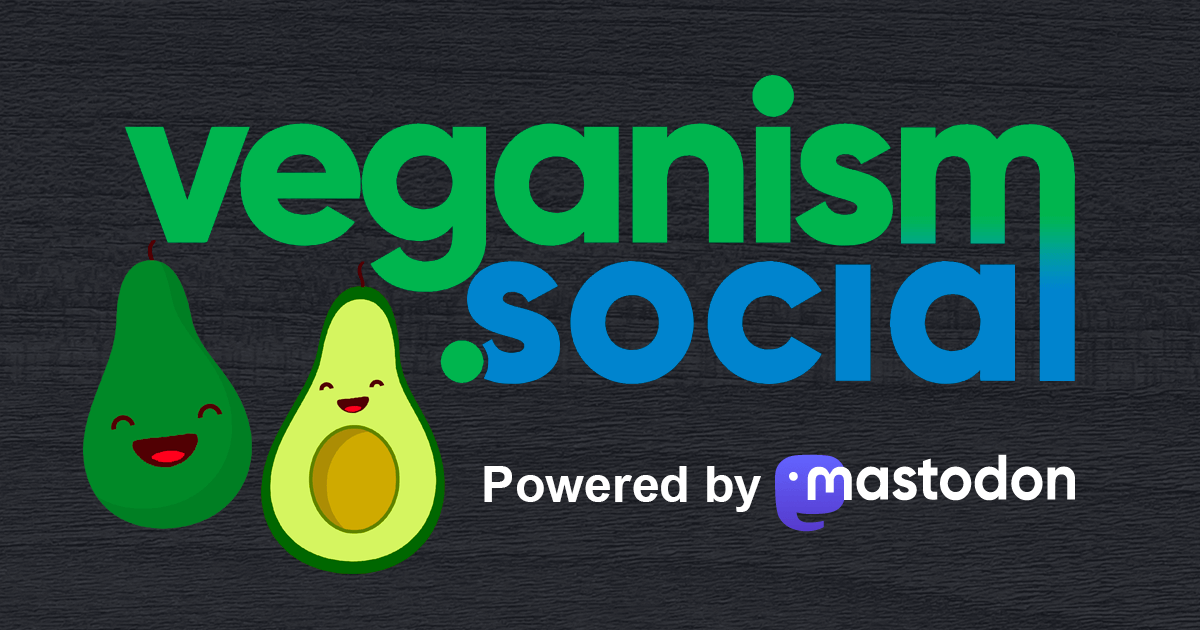
Administered by:
Server stats:
293active users
veganism.social: About · Status · Profiles directory · Privacy policy
Mastodon: About · Get the app · Keyboard shortcuts · View source code · v4.4.0-alpha.5
#streaminghtml
A quick demonstration of using the State: Overview page in Kitten’s¹ settings while developing to keep an eye on your event and event listener counts to avoid memory leaks.
Notice how the events and listeners counts change as I navigate between the People and Settings pages in my Place² node and that they are consistent. If they were rising as I navigated back and forth I’d know I had a memory leak somewhere.
If you use Kitten’s built-in features (e.g., the `addEventHandler()` method on your `kitten.Component` subclasses, Kitten will handle adding and removing listeners for you automatically during your component’s lifecycle. You can also do so manually in your component’s automatically-called `onConnect()` and `onDisconnect()` event handlers.
This view is useful during development to ensure you don’t have any memory leaks as pages are loaded and unloaded.
¹ https://kitten.small-web.org
² Place is in early development at the moment (https://codeberg.org/place/app)
New Kitten¹ update
Experimental:
• Adds `data` property to Kitten components
• Adds swap target to `page.send` so you can have an element added before, after, as first child of, or as last child of another (this is syntactic sugar over htmx and works around some of the complexities with out-of-band swaps in htmx, especially when streaming table rows to tables).
Also, check out the latest live page and page events state view in Kitten’s Settings (every Kitten app has this settings view).
So last night, while recording the preview of Kitten’s¹ improved component model², I made a silly mistake (copying raw HTML into a JavaScript function instead of wrapping it in a kitten.html`` tagged template, easy to do when you’re refactoring to pull out components from pages).
Then, once I figured out what I’d done, I made another one by forgetting to return the value from the function (easy to do when you’re used to using one-line closures as render functions).
I would have caught both of those so much faster if Kitten had helpful error messages for those two pitfalls. And guess what, this morning, it does :)
Attached are screenshot showing the before and after error messages.
Enjoy!

¹ https://kitten.small-web.org
² Scroll up the thread to watch the video.
Little preview video: Kitten’s improved component model
• Class-based page routes and components
• Object-oriented
• Event-based
• Seamless hypermedia-driven WebSocket-based event mapping and interface updates (Streaming HTML)
• A light server-side live component hierarchy with event bubbling
• Almost as if you’re building a desktop or mobile app instead of a web app…
… another authoring simplification made possible because on the Small Web – which is a peer-to-peer web – you build a web app/site as a tool for one person (the owner of the site/app) instead of as a tool for you to farm millions of people.
… still experimental ;)
Learn more about Kitten:
If you like what you see and want us to keep existing, we could definitely use your support:
https://small-tech.org/fund-us/

Pretty soon, you’re going to be able to view your live pages and the events on them in real time while developing Kitten apps.
The improved component model with support for class-based routes (and a server-side component hiearchy that lets you build well-encapsulated components and pages and work in an event-driven way) is coming along nicely and I’m back to writing Place¹ using it.
(In the GIF, you’re looking at Place’s profile settings page. Not shown here but those profile changes reflect in realtime on all open pages. The highlighted piece of code is what streams the event details to the browser.)
Mastodon is the best way to keep up with what's happening.
Follow anyone across the fediverse and see it all in chronological order. No algorithms, ads, or clickbait in sight.
Create accountLogin